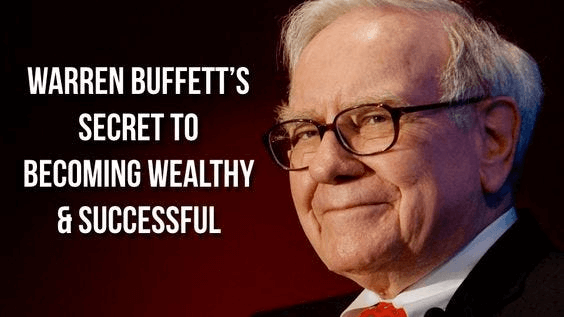
Warren Buffett, often referred to as the "Oracle of Omaha," has long been revered for his unparalleled investment acumen. One of the key metrics he emphasizes when evaluating potential investments is Return on Equity (ROE). According to Buffett, a company should have an ROE higher than 20% to be considered a strong candidate for investment. But why does this metric hold such significance, and how can it guide your investment decisions?

Understanding Return on Equity (ROE)
Return on Equity is a measure of a company's profitability, indicating how well it uses shareholders' equity to generate profits. It is calculated as:
POE = (NET INCOME) / (Shareholder's Equity)
A high ROE suggests that a company is efficient at generating profits from its equity base, which can be a hallmark of financial health and effective management.
Buffett's Rationale for a 20% ROE Threshold
1. Indicator of Management Efficiency
A company with a consistently high ROE is likely managed well. It reflects the management's ability to deploy the company's assets effectively to maximize returns. Buffett believes that investing in companies with adept management teams minimizes risk and enhances the potential for long-term success.
2. Competitive Advantage
Firms with high ROE often possess a strong competitive edge, such as brand power, unique products, or operational efficiencies. These competitive advantages can create barriers to entry for competitors, securing a company's market position. For Buffett, a durable competitive advantage is essential for sustained profitability.
3. Growth Potential
High ROE companies are often capable of funding their growth internally without the need to take on excessive debt. This self-sustainability is attractive to Buffett, as it reduces financial risk and supports compounding growth over time.
How to Apply Buffett’s ROE Principle in Your Investment Strategy
1. Screening for High ROE Companies
Incorporate ROE as a primary filter in your investment screener. Look for companies with a history of maintaining an ROE above 20%. This step helps narrow down potential investments to those with proven profitability.
2. Analyzing Sustainability
While a high ROE is attractive, it’s crucial to assess whether the company can sustain such performance. Investigate factors like industry trends, competitive landscape, and management strategies to gauge the likelihood of continued success.
3. Diversification
Even with a focus on high ROE companies, diversification remains key to managing risk. Balance your portfolio across sectors and geographies to mitigate the impact of market volatility on your investments.
4. Long-term Perspective
Buffett invests with a long-term horizon, often holding stocks for decades. Emulate this approach by focusing on the intrinsic value and growth potential of high ROE companies, rather than short-term market fluctuations.
Conclusion
Warren Buffett's emphasis on a 20% ROE threshold is a testament to his disciplined and strategic investment philosophy. By focusing on companies that demonstrate superior profitability and management efficiency, investors can identify opportunities that align with Buffett’s principles of sustainable, long-term growth.
Incorporating ROE into your investment strategy not only aligns with the wisdom of one of the greatest investors of all time but also enhances your ability to make informed decisions in the pursuit of financial success. As you navigate the complex world of investing, let Buffett's insights on ROE guide you toward building a robust and rewarding portfolio.
